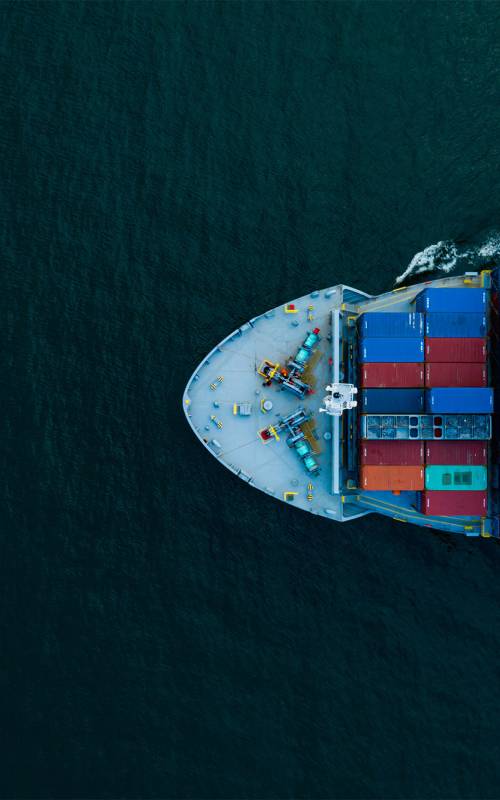Sea freight calculation
If goods are transported in the form of general cargo, bulk goods or combined in containers by international sea or internal transport, this is called sea freight.
The advantages of seafreight transport are especially the great cost savings and safety, which is clearly shown in the seafreight calculation. However, more time is needed compared to air freight transport.
Different calculation options
Several factors play a role in the sea freight calculation. However, the basic calculation basis for sea freight costs is the measure and weight of the sea freight, i.e. cbm = cubic metres and to = tonnes. In the sea freight rates, the abbreviations M/G are therefore used for mass/weight or W/M, i.e. weight/measurement.
The seafreight calculation is based on the higher parameter in each case. For example, if the freight has a volume of six cubic metres but weighs only one tonne, the seafreight freight calculation is based on volume.
Other fees are also charged, such as customs clearance, port, transit, security or unloading fees. The ratio of volume to weight is also important here.
Abbreviations and key figures in the calculation of sea freight
Due to the internationalisation of seafreight traffic, the individual key figures for calculating sea freight are also standardised in English. The abbreviation FCL, for example, stands for "Full Container Load" and means full container service.
Congestion" refers to a surcharge levied by shipping companies for waiting times in the ports. POD, i.e. "Port of Discharge", refers to the receiving port.



